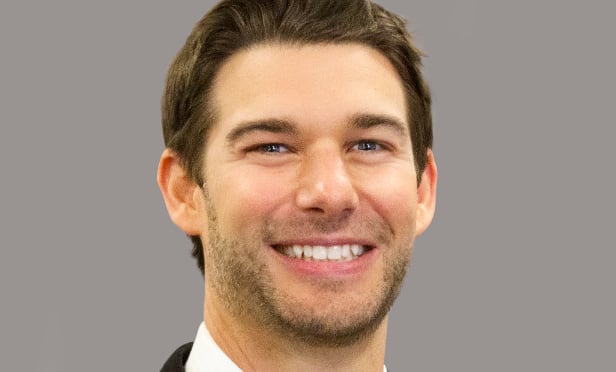 Iafrate: “There is a surge of fast-casual restaurant concepts that are focusing on the personal dining experience, allowing customers to customize orders at a reasonable price point.”
Iafrate: “There is a surge of fast-casual restaurant concepts that are focusing on the personal dining experience, allowing customers to customize orders at a reasonable price point.”
SAN DIEGO—If mid-size box space becomes available in a desirable submarket of San Diego, multiple lease offers come in because of the difficulty box retailers face in finding space and expanding within the county, Cushman & Wakefield VP Chad Iafrate tells GlobeSt.com. A recent report from the firm showed that overall retail vacancy, composed of both direct and sublease space, declined from 5% at year-end 2015 to 4.8% at midyear 2016, marking the first time overall vacancy dropped below 5% since mid-2008. We spoke exclusively with Iafrate about the shrinking retail vacancy rate and San Diego’s retail market in general.
GlobeSt.com: What are the major causes of San Diego’s shrinking retail vacancy rate?
Iafrate: San Diego’s desirable climate, diverse economy and strong demographics create a constant demand from retailers, restaurants and service tenants to operate their businesses in this market. There’s limited retail inventory and new development. Due to San Diego’s unique topography (international border to the south, Pacific Ocean to the west, Camp Pendleton Marine Corps Base to the north and mountains/desert to the east), new development growth is limited. The lack of land and lengthy entitlement process create higher barriers to entry for new retail development. If mid-big box space becomes available in a desirable submarket, we typically see multiple lease offers because it is difficult for the box retailers to find the space and expand their brand within the county.
GlobeSt.com: What types of retailers are strongest in this market?
Iafrate: Business models with a commitment to value and quality consistently seem to outperform other use categories in the market, whether it be restaurants, retailers or service tenants. There is a surge of fast-casual restaurant concepts that are focusing on the personal dining experience, allowing customers to customize orders at a reasonable price point.
GlobeSt.com: What uses are emerging in popularity, that you expect to be even stronger in the next year or two?
Iafrate: San Diego’s craft-brewery industry has been in the national spotlight for years, and we will continue to see the breweries expand their brand footprint by opening more tasting rooms and gastropubs. The health-and-fitness category has been very active and will continue to proliferate, with different concepts specializing in both the smaller studio/boutique fitness experience as well as the large format health-club experience.
GlobeSt.com: What else should our readers know about the San Diego retail market?
Iafrate: Over the last 10 years, the desirable submarkets in San Diego, such as Coastal North County, La Jolla, Pacific Beach, Downtown, Little Italy, Mission Valley, North Park, South Park and Hillcrest, have seen a higher quality of retail and restaurant operator emerge. Whether it be national boutique retailers such as Urban Outfitters or Anthropologie or celebrity chefs such as Brian Malarkey or Richard Blais opening their newest restaurant concept, the focus from tenants has been on creating a destination shopping and dining experience. The consumer takes notice when a retailer or restaurant operator makes a substantial investment in the design and finish elements of their build out and then delivers a superior product to go along with it.
Residents in San Diego take advantage of the beautiful climate and enjoy getting out. Developers and retailers will continue creating destination environments for people to come visit, shop and dine.

















 Copyright © 2024 ALM Global, LLC. All Rights Reserved.
Copyright © 2024 ALM Global, LLC. All Rights Reserved.